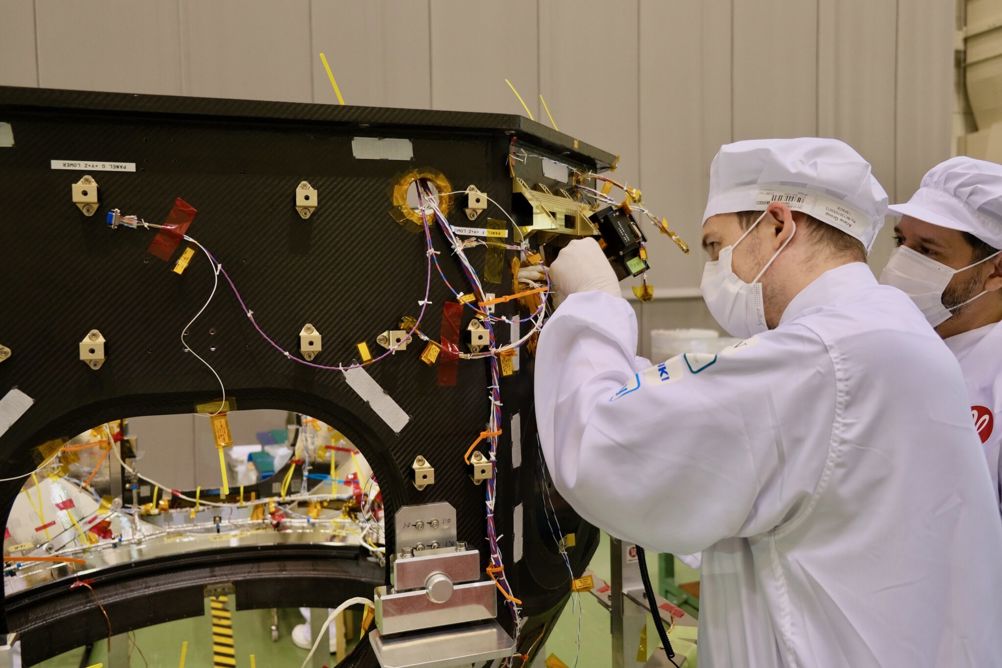ispace’s Mission1 lander crashed on the Moon in April 2023, having launched in December 2022 and travelled 1.4m km, the longest distance ever covered by a private spacecraft. Undeterred, the Hakuto-R team has announced that Mission 2 is now scheduled to launch in Q4 2024, with the second lander aptly titled ‘Resilience’.
Related content
“The analysis of the Mission 1 landing failure clearly identified the causes and areas for improvement,” Yoshitsugu Hitachi, ispace deputy executive VP of Engineering, explained at a press conference in Tokyo. “So the main focus of Mission 2 will be on reviewing and improving the verification process.”
Assuming a safe touchdown for the lander, a key component of Mission 2 will be the new rover. Developed by ispace Europe in Luxembourg, the micro vehicle measures 260mm x 315mm x 540mm, weighing in at just 5kg.
“When going to the Moon, every gram counts, so we spent extra effort to make this rover as small as possible, as light as possible,” Julien Lamamy, ispace Europe CEO, told the Tokyo audience.
“Despite being small, despite being very cute, it’s also very robust. It’s equipped with electronics that can survive the space environment. It has its own cameras to explore the environment and its own communications systems to talk with the Resilience lander, which then relays communication to the operators at the mission control centre on Earth.”
The micro rover will be tasked with various missions, but its primary goal will be to collect lunar soil for NASA, using a bespoke scoop and payload system designed by mining specialists and mission partner, Epiroc.
“Under this contract, we need to collect the lunar soil, called regolith, and then transfer the ownership of this regolith to NASA,” Lamamy continued. “We will do this under a law on space resources that was passed by Luxembourg in 2017.”

Alongside the rover payload, Resilience will also carry a number of other experimental missions, developed in collaboration with ispace partners. According to founder and CEO Takeshi Hakamada, these payloads will help advance ispace's long-term goal of harvesting lunar resources and supporting a permanent human presence.
“During Mission 2, ispace is aiming not only to land on the Moon and explore the Moon,” Hakamada told the press conference. “We are also planning technology demonstrations and equipment for our payload customers and are aiming for groundbreaking activities in addition to the micro rover.”
Those additional payloads include equipment to measure radiation doses, as well as observation of algae culturing for future food production. Resilience will also deploy a water electrolyser, exploring the potential for using lunar resources to create hydrogen and oxygen.
“Such resources are expected to support life and activities on the Moon in the future, not only for air and drinking water, but also for fuel production,” said Hakamada.












Radio wave weapon knocks out drone swarms
I hope they have assessed how easy it is to shield a drone against the attack. Hopefully the shielding would add too much weight.